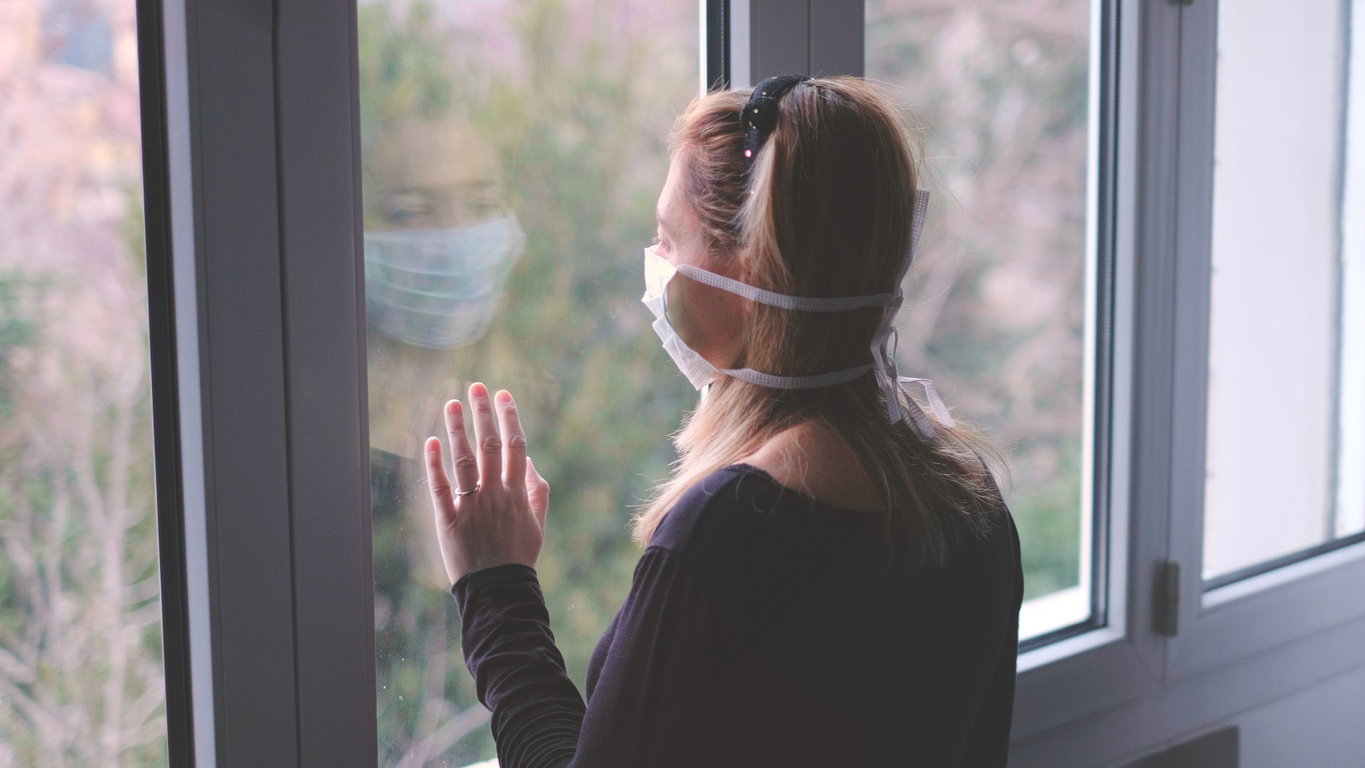The most common COVID tests are polymerase chain reaction (PCR) tests. The PCR test is “typically highly accurate,” according to the Food and Drug Administration (FDA), but it’s also highly sensitive, meaning a test could still come back positive for someone who had been sick but then recovered. On a recent press call, Brooks said that “most people stop shedding live virus after 10 days,” meaning they’re no longer infectious. However, Brooks said, “they can keep shedding dead parts of the virus that that PCR test can discover.” Brooks explained that while this sensitivity leads to an effective test in the early stages of the illness before people realize they’re sick, it can actually have unintended consequences for people who already know they have COVID-19.ae0fcc31ae342fd3a1346ebb1f342fcb “It’s led to people being kept out of work [or] kept in their house when they don’t need to be,” Brooks noted. As a result, he said, “We’ve stopped recommending PCR test for diagnosis once you’ve recovered.” RELATED: For more up-to-date information, sign up for our daily newsletter. Another reason behind the CDC’s isolation guideline change is the agency’s increased understanding of the timeframe during which COVID-19 patients are most contagious. According to a recent report released by the CDC, about half of all coronavirus cases are spread during the pre-symptomatic stage, i.e. before a patient’s symptoms develop. And while some recovered patients can still “shed detectable SARS-CoV-2 RNA in upper respiratory specimens” for up to three months, the CDC notes, the concentration of virus is so low that it makes transmission of the disease “unlikely.” And for more CDC guidelines, check out 50 Essential COVID Safety Tips the CDC Wants You to Know. Sarah Crow contributed reporting to this article.
